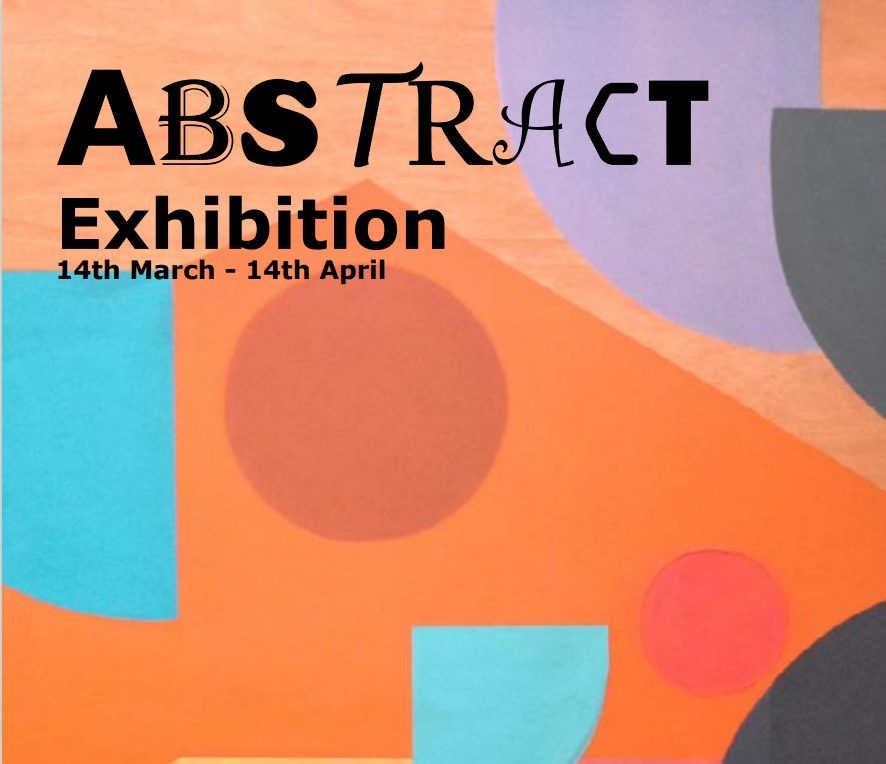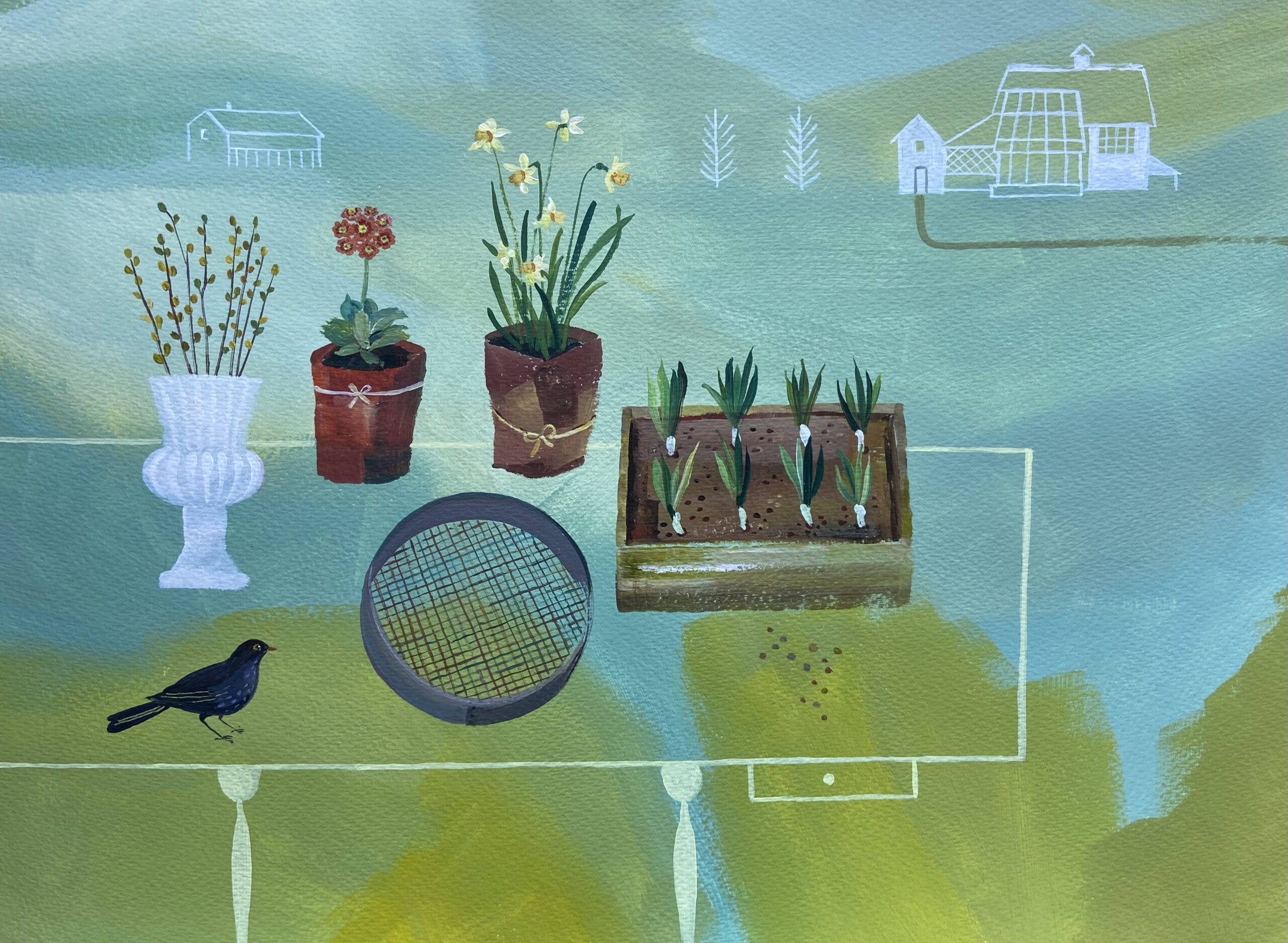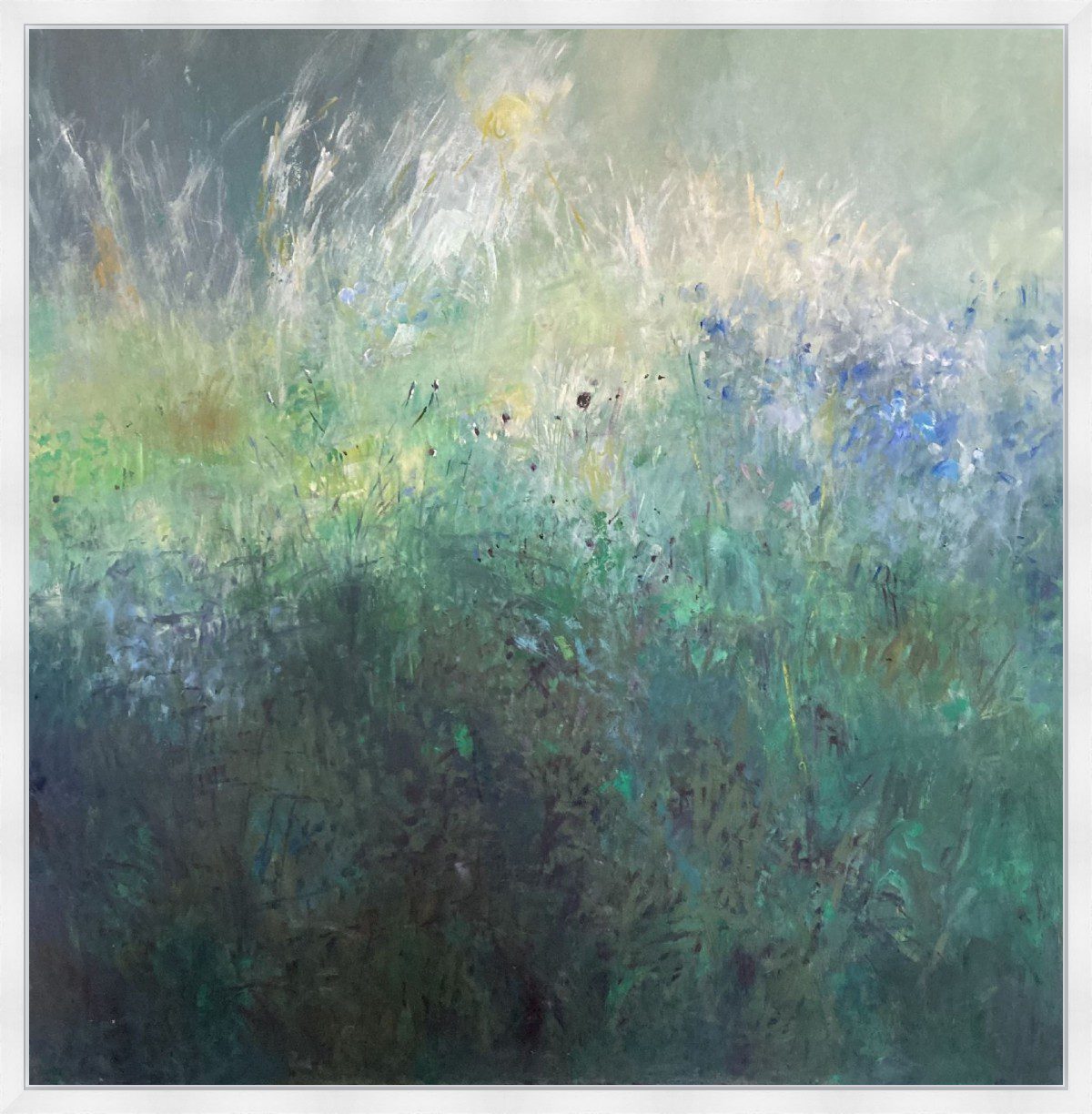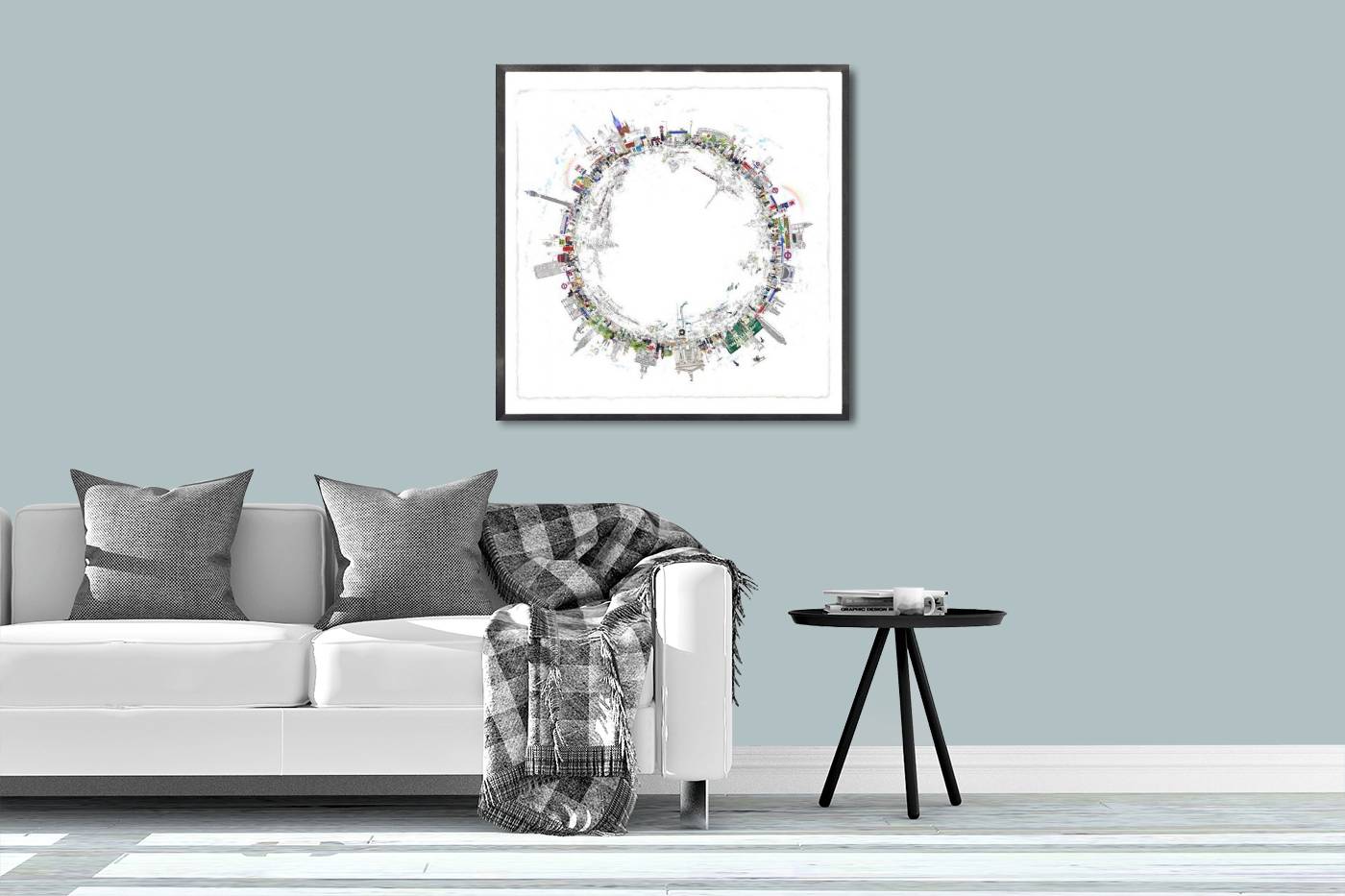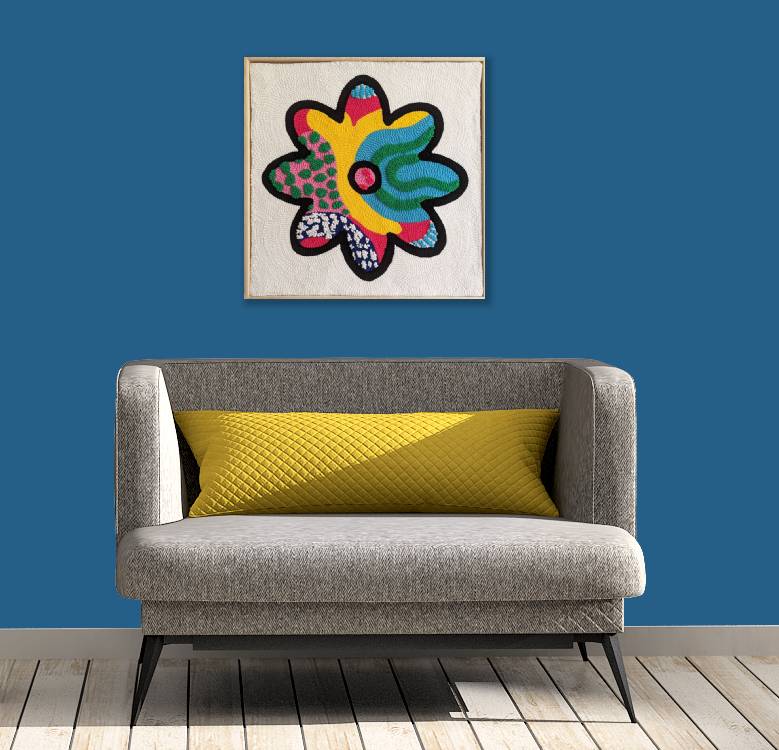Enter the world of Abstract Art this month at Byard. With established Byard regulars such as Chris Wood Light, Diane Griffin, Martha Winter, Jack Allum, and Ken Eardley, as well as a number of newer arrivals to our gallery. Welcome to the exhibition Sally Burch, Emily Jones, and Sarah Porter.
We would also like to say a special thank you to Advanced Graphics London for their partnership, delivering a stunning collection of print work to Byard!
Abstract Art is a wonderful thing – it frees the artist from the idea of having a strict subject. In contrast to still life art, the artist is free to examine other key principals of creation. Here are some of the things an abstract artist may focus on.
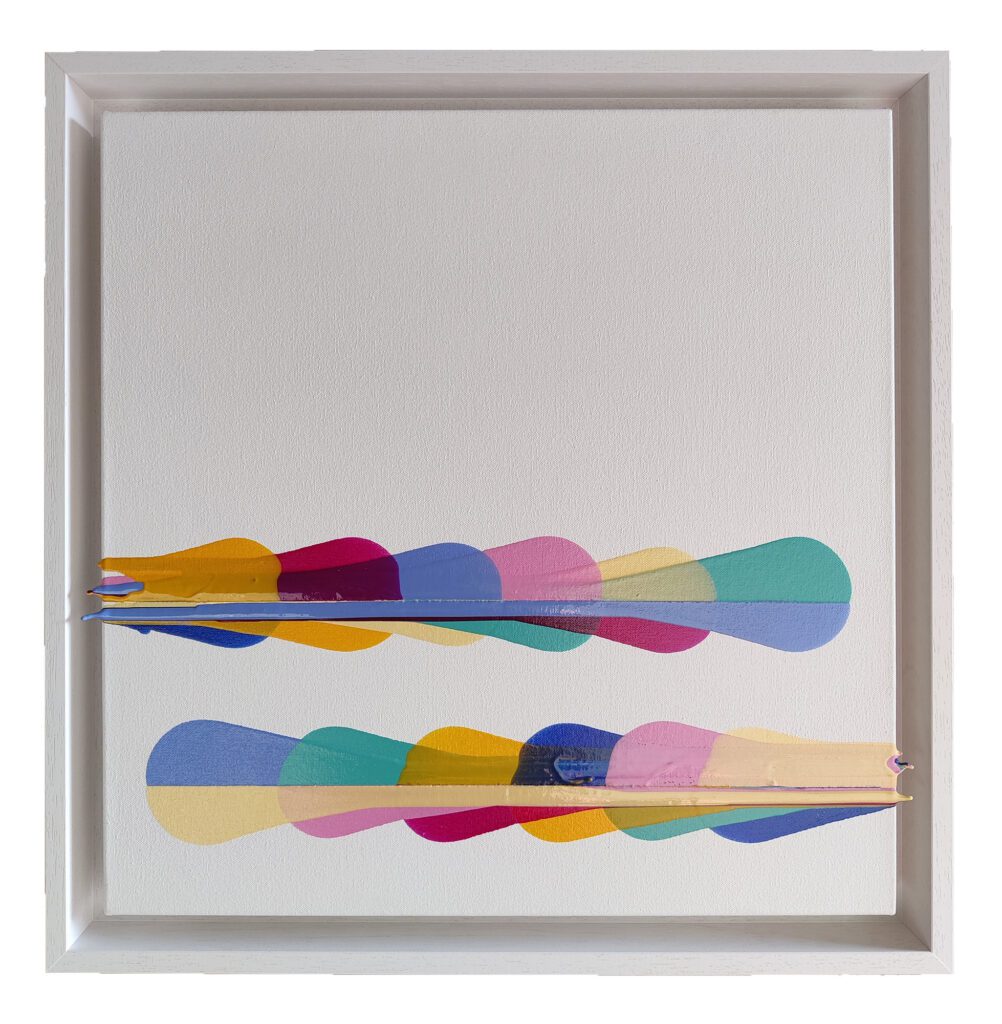
Balance – In Abstract Art, each element has a visual weight. Balance refers to how these elements relate to each other. Keeping symmetry might make a piece feel more grounded. Shifting the balance of the piece to the sides, top, or base of the piece can add drama, dynamism, and contrast.
Emphasis – Emphasisng a particular element of an abstract piece can draw focus, encouraging the eye to a particular point in the piece. This can add clarity, direction, and intention to an abstract piece. What is the artist emphasising, and why, are engaging questions to ask with many abstract works.

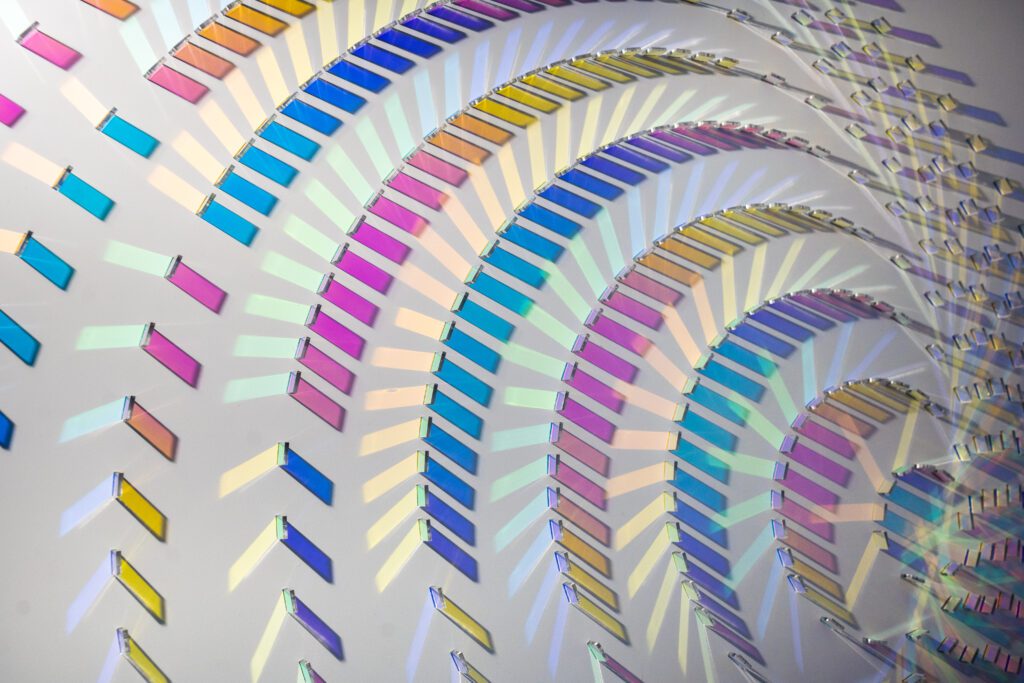
Harmony – Just like how individual musical notes come together to make chords, colours can combine for the same affect. Complementary, contrasting, analogous colours can be used to create this sense of visual harmony. Careful placement of chords and tones can make a symphony. With colours: a masterpiece.
Context – The context in which the piece was made can offer fascinating backstory to the piece. How was this made? Abstract artists often use unconventional means to produce their work. A new way of putting paint on the canvas. A new way of making that 3d shape. These innovations and their results can be truly inspiring.

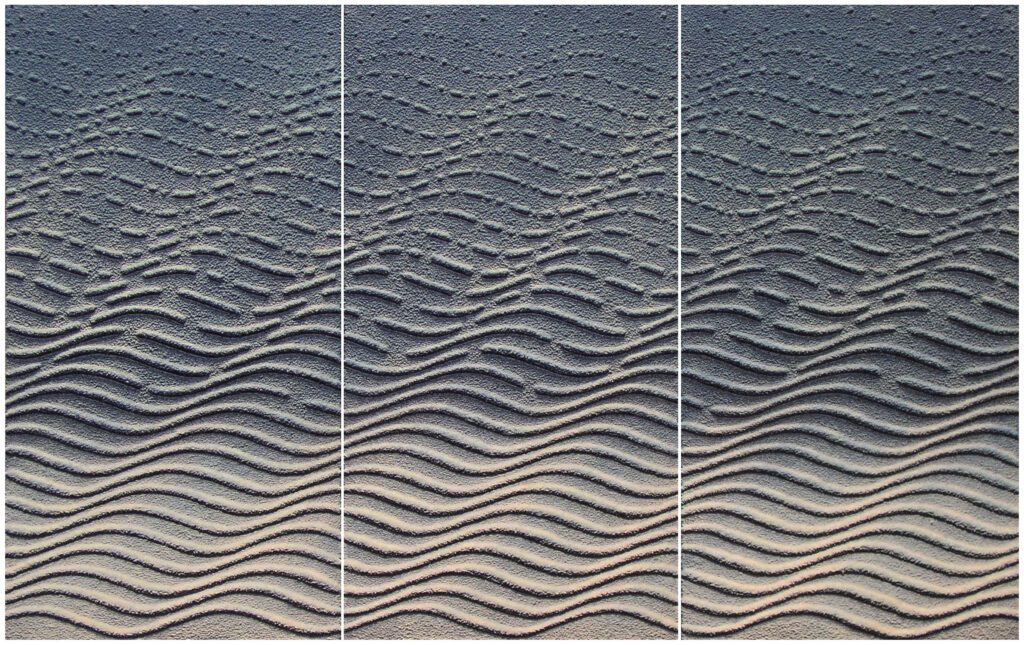
Rhythm – Many abstract artists use music as part of their inspiration. Just like in music, many abstract artworks feature Rhythm. Is the piece fast, slow, consistent, syncopated, jazzy? Rhythm can help us learn how the artist wants us to feel when looking at the piece. Is it calming, exciting, frantic, reserved? Patterns and repetition can help convey this sense of rhythm.
Texture – Experiments with texture can add additional dynamics to any artwork. From harsh, abrasive surfaces to smooth, sleek forms, these aspects of an artwork can help cultivate a more tactile experience. Different textures evoke different feelings – what feeling is the artist displaying with the textures chosen?

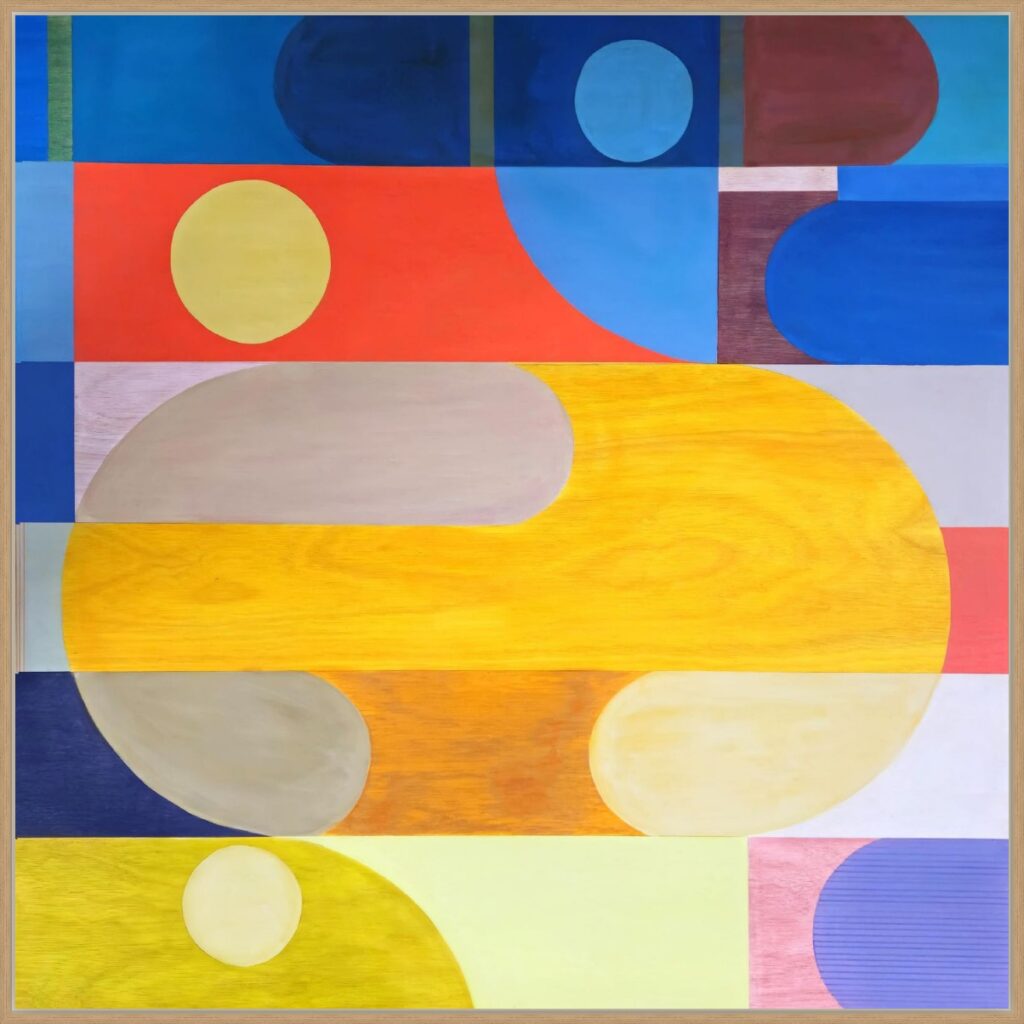
Movement – Shapes, lines, objects, all come together in a specific curation to display motion present in each piece. It may be very still, it may be a swirl, it may be a visual journey from one side of the piece to the other. Consider the journey the artist is taking you on. Will you follow their path, or forge your own?

